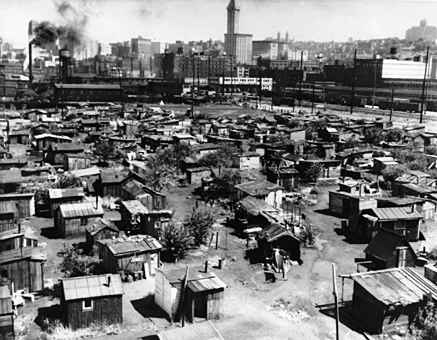
Get ready for the next crisis, it's going to be far worse than 2008. Get out of debt. Money in the bank may not be there when you need it. A core holding in precious metals is a must. Invest in alternative energy for your home, it will pay a huge return. Be careful of your investments in Wall Street, they may not be there when you most need them. Most of all, be prepared!

AUSTRALIA is in the midst of the “largest housing bubble on record” and when it bursts it will be a “bloodbath”.
This is the assessment of two housing economists who claim Australia is on track for a US and Irish-style collapse because of an oversupply of housing in the country.
In a frank and scathing submission to the upcoming parliamentary inquiry into home ownership which will begin this Friday, Lindsay David and Philip Soos criticise politicians and the housing industry for perpetuating the myth of housing shortages in major capital cities.
They claim there is actually an oversupply of housing, especially in Victoria.
TOP INVESTMENT INSIGHT
US Oil Production Now Past
"PEAK SHALE OIL"


The Way Humans Get Electricity Is
About to Change
Forever
Solar power will eventually get so cheap that it will outcompete new fossil-fuel plants and even start to supplant some existing coal and gas plants, potentially stranding billions in fossil-fuel infrastructure. The industrial age was built on coal. The next 25 years will be the end of its dominance.


This winter, I traveled to Ohio to consider what would happen if technology permanently replaced a great deal of human work. I wasn’t seeking a tour of our automated future. I went because Youngstown has become a national metaphor for the decline of labor, a place where the middle class of the 20th century has become a museum exhibit.
The report, commissioned and published by The Lancet medical journal, was compiled by a panel of specialists including European and Chinese climate scientists and geographers, social, environmental and energy scientists, biodiversity experts and health professionals.

Collapse, Part 2: The Nine Dynamics of Decay
Rome didn't fall so much as erode away. That's the template for collapse.

While collapse may be sudden, the decay that generated the collapse had been rotting away the foundation for years or decades. In distilling the vast literature on collapse into nine dynamics, I am drawing upon many other authors' work, including:
The Collapse of Complex Societies
The Great Wave: Price Revolutions and the Rhythm of History
The Long Emergency: Surviving the End of Oil, Climate Change, and Other Converging Catastrophes of the Twenty-First Century
The Shock Doctrine: The Rise of Disaster Capitalism
Overshoot: The Ecological Basis of Revolutionary Change
The Upside of Down: Catastrophe, Creativity, and the Renewal of Civilization
Collapse: How Societies Choose to Fail or Succeed
The Long Descent: A User's Guide to the End of the Industrial Age
Reinventing Collapse: The Soviet Example and American Prospects
Top Weekly Ideas and Insights

The Extinction Debate


